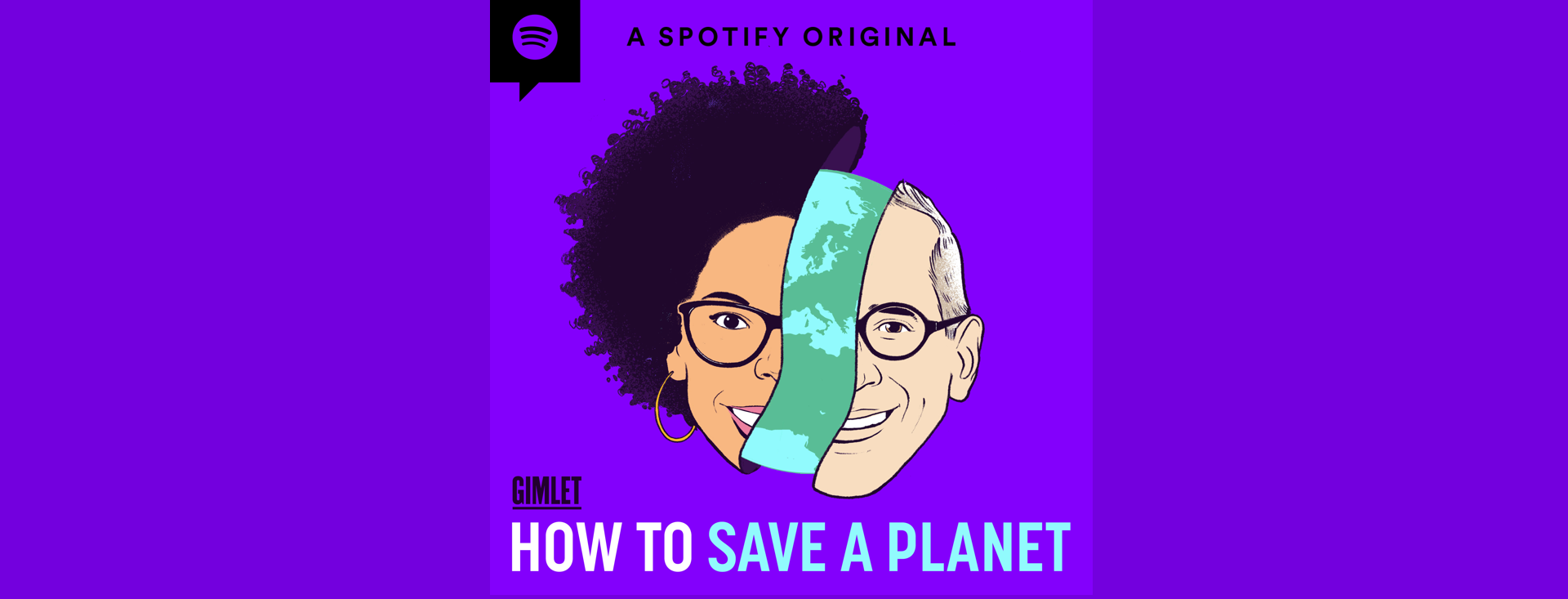
Anyone can search “10 things I can do to help save the planet.” And according to marine biologist, policy expert, and Urban Ocean Lab founder Dr. Ayana Elizabeth Johnson, that’s a problem. “People feel satisfied when they’ve bought their reusable bag and water bottle and ride their bike everywhere.” It’s not enough, she says. To mitigate the effects of climate change, we need to take collective action by transforming electricity, transportation, construction, manufacturing, agriculture, and land use, to name a few.
So where to begin? That’s the question that Dr. Ayana Elizabeth Johnson and Gimlet cofounder Alex Blumberg seek to answer in their new podcast, How to Save a Planet.
Nine months ago, the pair started talking about producing a podcast on combating climate change with expert-led, actionable solutions. Then they recruited a knowledgeable team that includes journalists Kendra Peirre-Louis and Rachel Waldholz, Gimlet producers Caitlin Kenney and Anna Ladd, and sound engineer Emma Munger to help in creating a podcast that will continue to evolve as people take systematic action on climate change
In creating the podcast, the team aimed to engage listeners, give them concrete, large steps to take part in during every show, and tell the stories of people around the world already mobilizing around climate change. So in addition to interviews with academic leaders like Kate Marvel and youth activists like Varshini Prakesh, Alex and Dr. Ayana Elizabeth Johnson will also talk to individuals like farmers and fishermen who’ve started to make changes after decades of not thinking about sustainability. And what they’ve found? It’s working for them—and the climate.
For the Record sat down with the cohosts to get the inside scoop on How to Save a Planet.
A lot of people feel that the issue of climate change is really out of our control. How do you think people can start to take the power back into their own hands when it comes to addressing the issue?
Dr. Ayana Elizabeth Johnson: I think we need more journalism focused on solutions, because we’re finally at the point where we have the journalistic expertise and the media support for talking about climate science and how climate change is already impacting people. But we don’t have nearly enough media about what we should do about all the solutions that are already at hand and how people can be part of larger systematic change, instead of just being stressed out about their individual carbon footprint all the time.
Alex Blumberg: What we want to do is increase the range of options, because people are all different and you can probably engage in a way that leverages your particular skills and personality that isn’t just like a sort of one-size-fits-all solution. So hopefully, this podcast can provide more ways for people to plug into a more effective solution because it’ll be something that appeals to them particularly.
What have you learned about climate change in this process that you were not expecting? Anything that really blew your mind?
Dr. Ayana Elizabeth Johnson: One of the things that’s really fascinating is how many people are working on climate solutions without ever talking about climate, even if it’s their motivation, because they just don’t want to complicate things or make them “political.” Whether that’s on how we manage the chemicals in air conditioners that are extremely potent greenhouse gases or how we transition agriculture or ramp up wind energy. There are often financial reasons for doing the right thing in terms of climate now, especially with how the technologies and the markets have evolved.
Alex Blumberg: The reason that people are actually taking action is because it’s usually better for them on a straight-ahead “what’s in it for me” calculation. And that’s what’s been sort of very surprising and very hopeful. Like, people who are doing regenerative farming are more profitable than when they weren’t doing it. There’s no downside. What’s been shocking to me is the more we talk to these folks, the more we realize there is literally no reason we shouldn’t make these changes, because they’re actually all-around better. I think people know that, but telling that story is really important.
How is making this podcast different from the podcasts you’ve made in the past?
Alex Blumberg: The aim is a little bit different. The aim of every other podcast that I’ve worked on is to share a story, share experience, create understanding, but not to like galvanize action. That’s new. I think we all want this podcast to be part of a solution itself.
Dr. Ayana Elizabeth Johnson: If part of our goal is to help people be part of real systems-level change, as opposed to stressing out about whether they’re allowed to get on an airplane or eat a hamburger, then we need to actually point people towards things they can be part of. One of my hopes is certainly that in one of these episodes, each of our listeners will find a place where they feel like they fit in, where they have something they can contribute. Not everyone wants to go to utility board meetings or start farming seaweed, but hopefully some people will raise a ruckus for their local utility boards to transition to renewables or rethink their farming practices.
Alex has said that he’s a big believer in the power of podcasts. What do you each think is the power of this podcast?
Dr. Ayana Elizabeth Johnson: I think there’s a very simple power, which is to help people not feel so alone, right? This podcast can help nurture a community of listeners that feel like we’re all in it together and perhaps feel informed and motivated enough to deepen their involvement in climate solutions, to understand where they can actually plug in and then charge ahead with it, and hopefully report back to us and let us know how it’s going, because we’re really excited for those stories, too.
Alex Blumberg: In the moment that we’re in right now with climate, a lot of people are very terrified. Justifiably, it’s a scary moment, but people don’t have anything to do with that terror, and they’re sort of sitting with it alone. And so a lot of people are like, “I believe you. I believe you, it’s bad. I just don’t know what to do.” We’re hoping that our podcast can be a place for people who feel that way to not be alone with that feeling and actually turn that feeling into action, which will make it feel less helpless and more positive.
Dr. Ayana Elizabeth Johnson: Alex, does it feel like the stakes are higher on this one?
Alex Blumberg: It does. Yeah, it does.
Tune into the first episode of How to Save a Planet now. Plus, preorder All We Can Save: Truth, Courage, and Solutions for the Climate Crisis, coedited by Dr. Ayana Elizabeth Johnson and featuring many of the podcast’s guests.







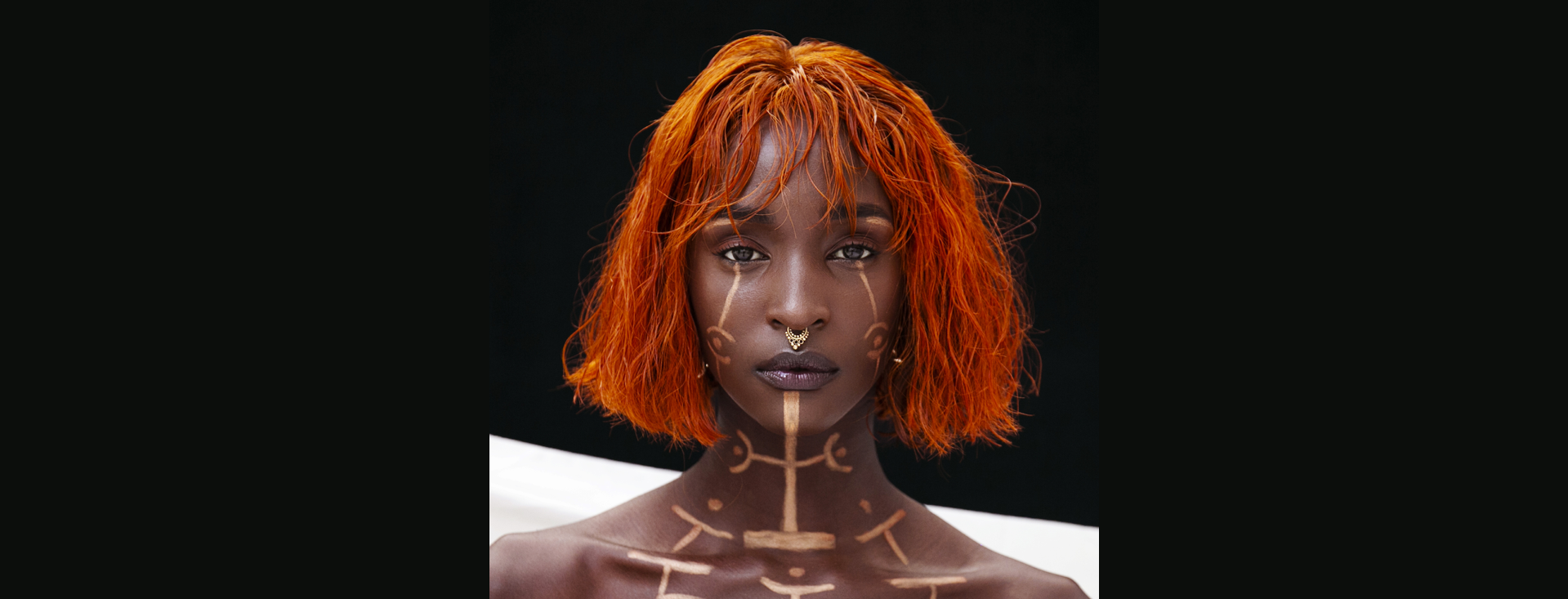
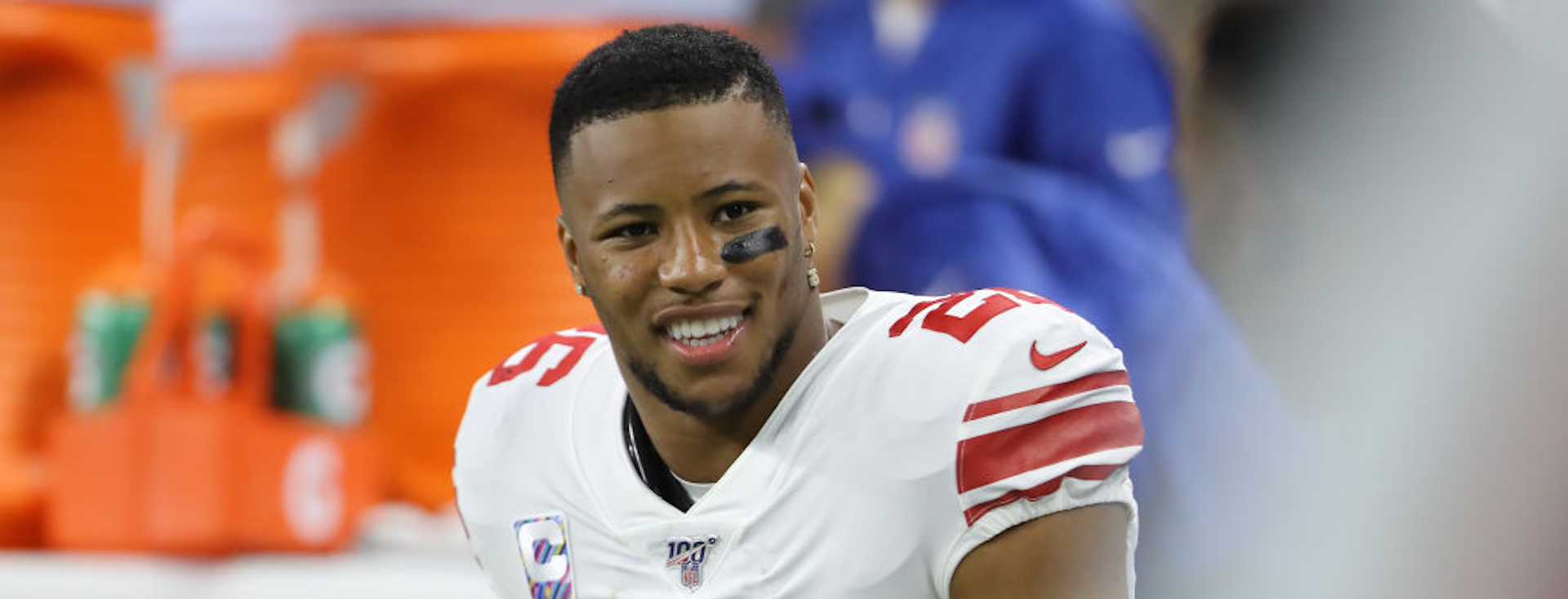
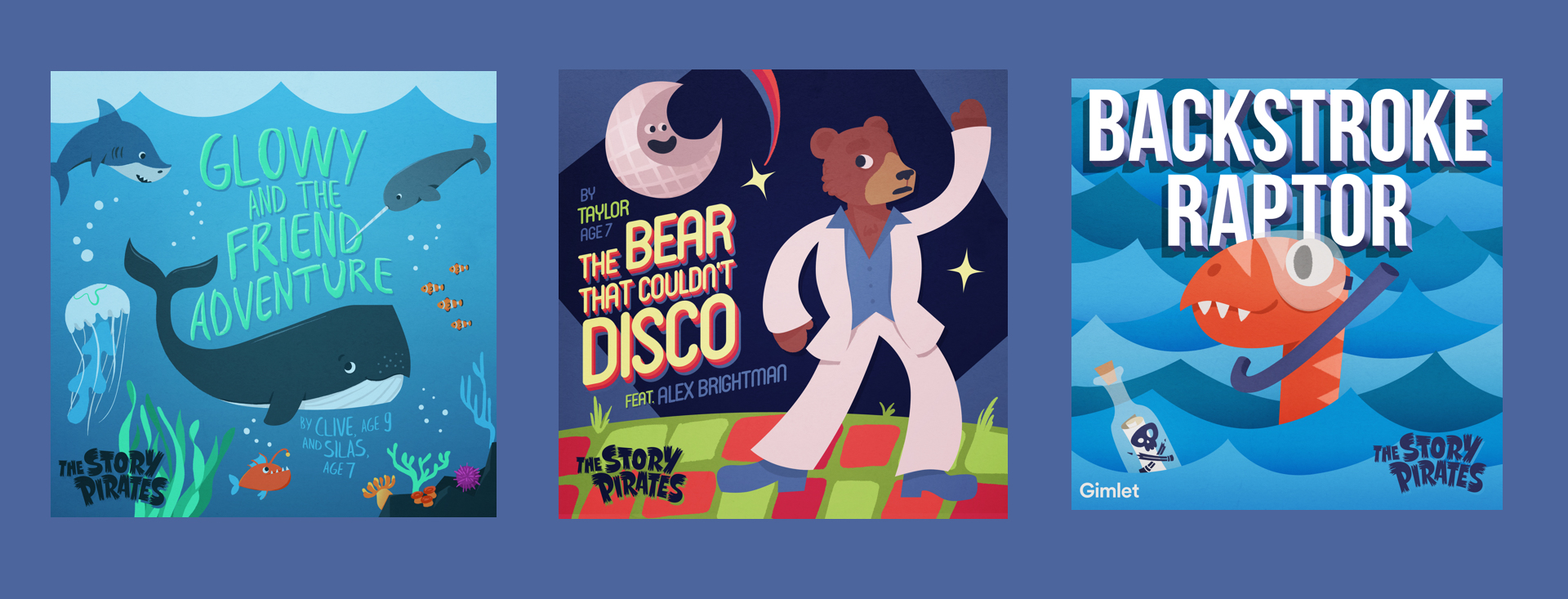
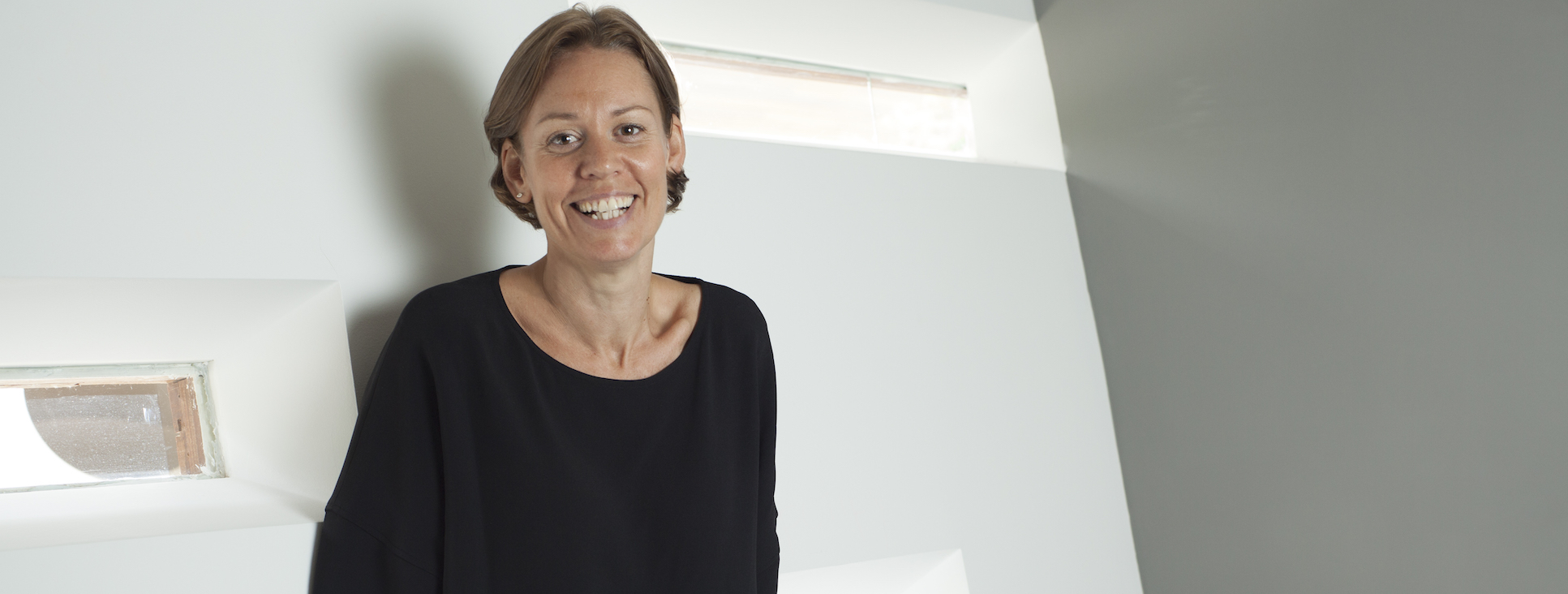

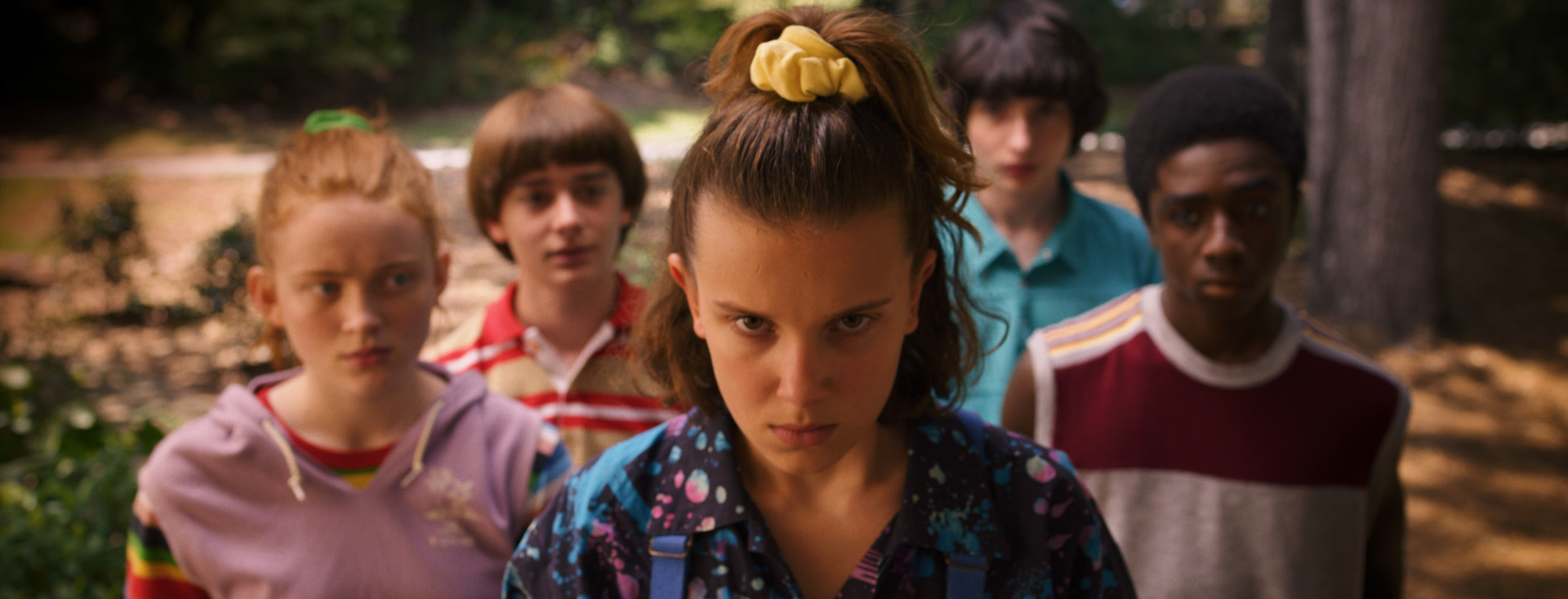
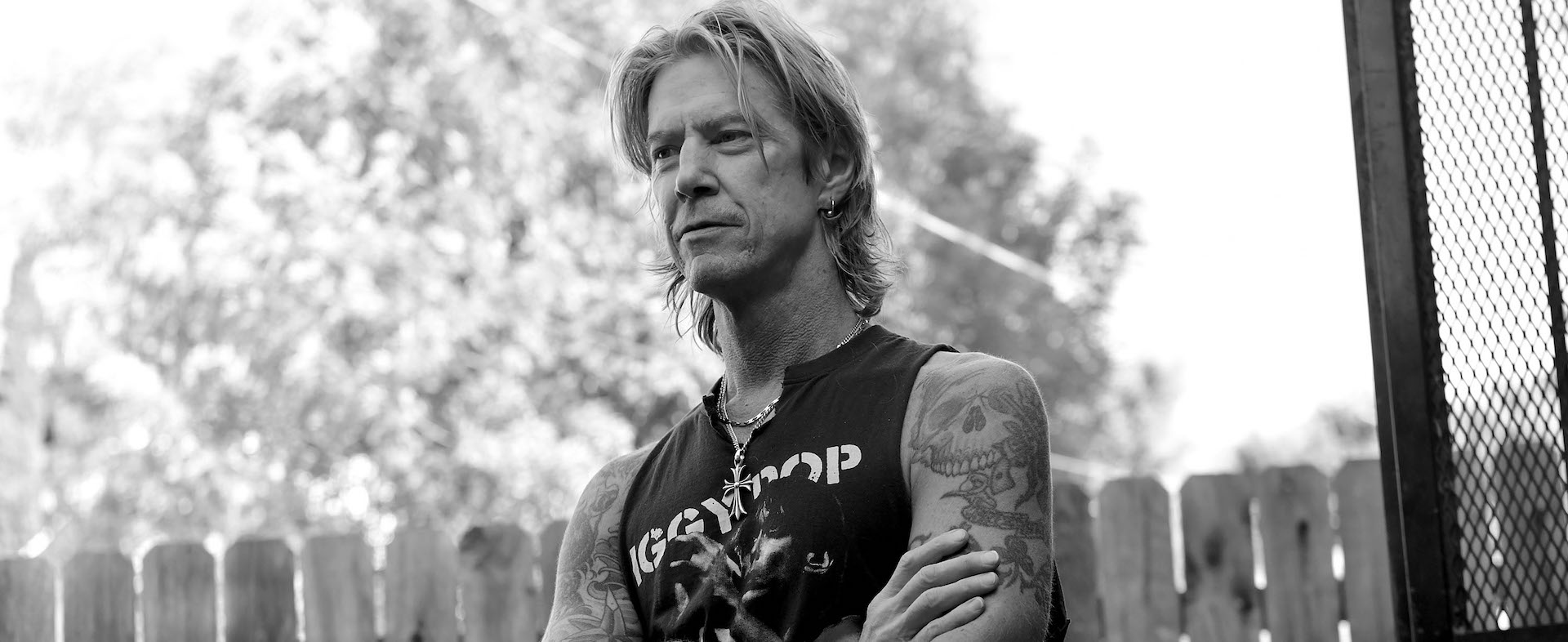
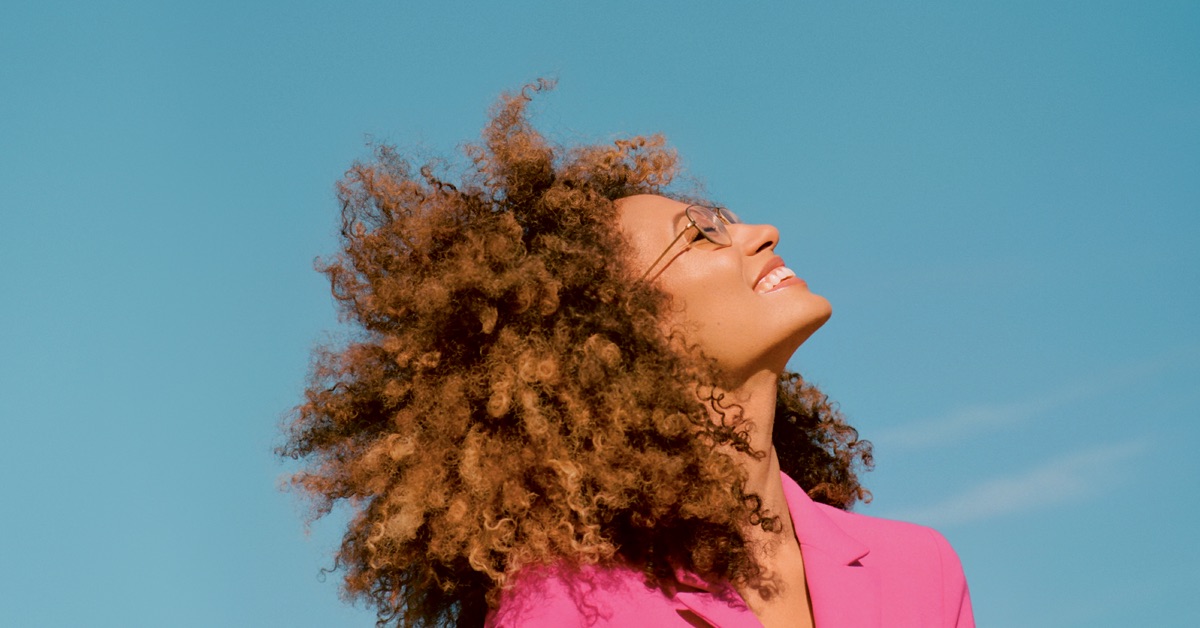
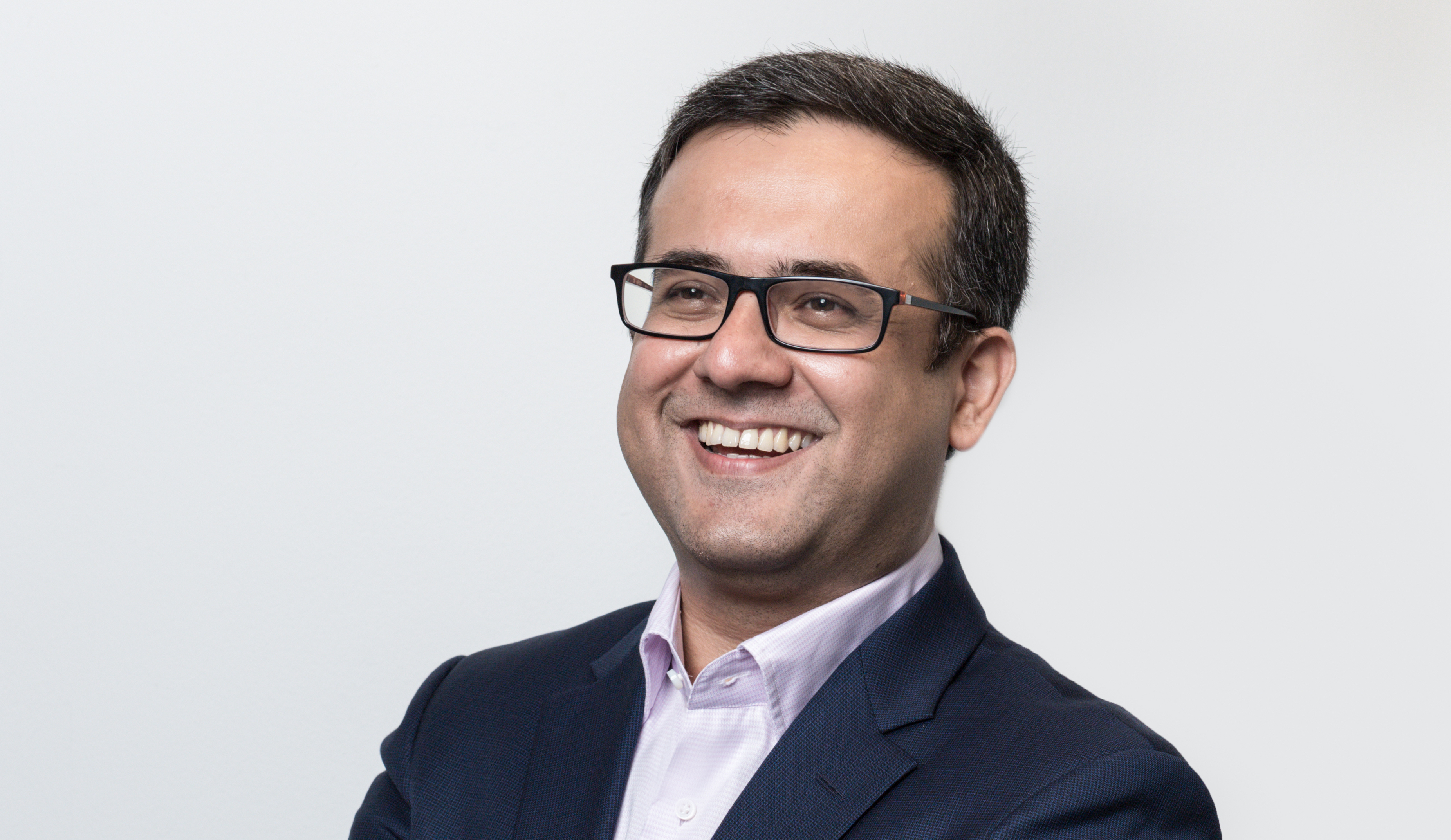

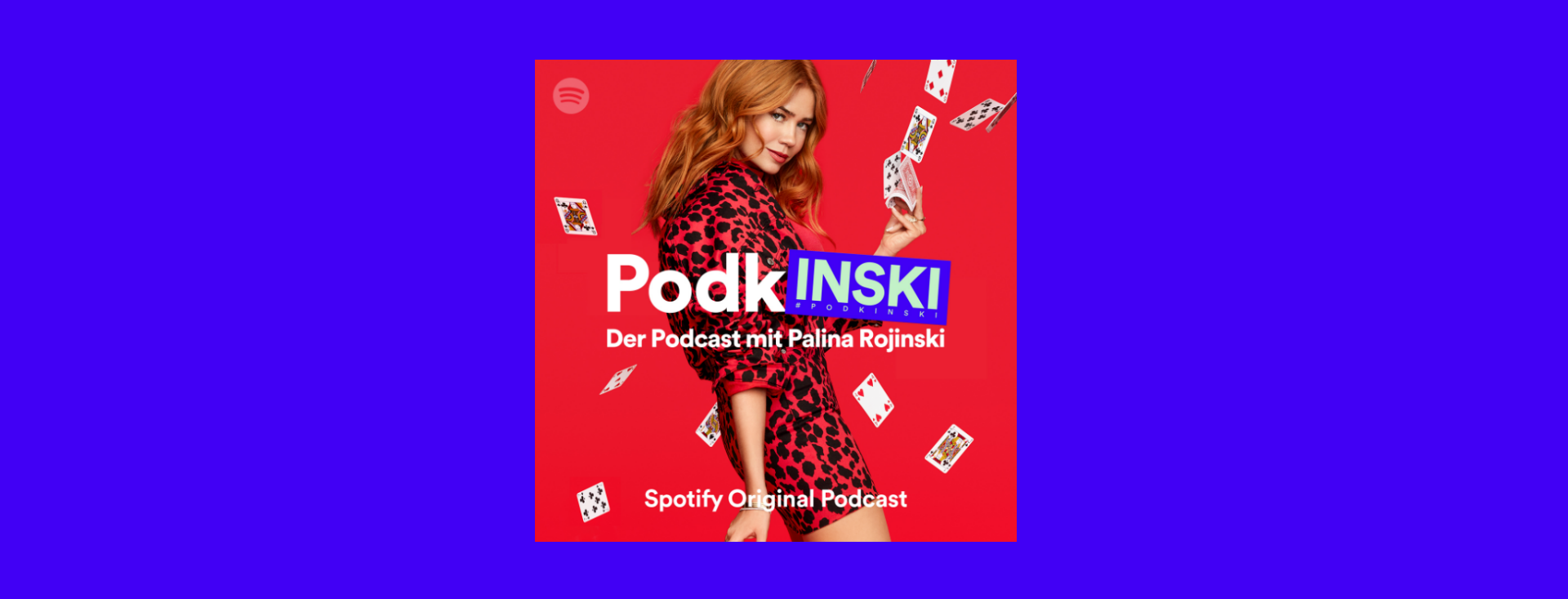
Recent Comments